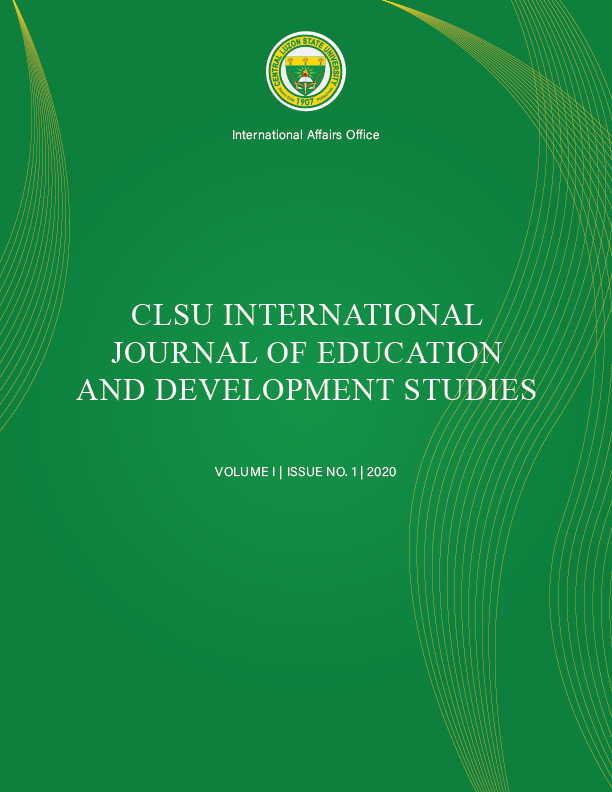Abstract
The Philippine dairy goat industry remains a developing sector with fragmented data and information. Thus, a concerted effort to create baseline information on these dairy goat farms (DGF) is needed to situate technology interventions and consequently, improve dairy goat production. Out of the three main geographic areas of the country, 43 dairy goat farms were identified. Primary data were collected through qualitative and quantitative surveys using a structured questionnaire. The results showed that there are eight known goat breeds in the Philippines. Among the dairy goat breeds, Anglo-Nubian (94.9%), Saanen (53.5%), and Alpine (25.6%) were predominantly raised. Nearly one-third of the dairy goat farms include upgraded goats in the milk line. The total number of dairy goats in the participating farms reached 6,977 heads during the survey period. However, less than one percent of the total dairy goat population or equivalent to 689 are being milked. Farmers reported an average of 1.17 liters per day with an average 172-day lactation period or equivalent to 200 liters per lactation. Dairy goats in the Philippines, therefore, can produce over 137 MT of milk per year. Even though these farms are milking their goats, only 44.2% process and market the milk collected. Hence, this baseline information on the country’s dairy goat production provides a historical point of reference in assessing change and progress in the implementation of future dairy goat development programs.

This work is licensed under a Creative Commons Attribution 4.0 International License.
Copyright (c) 2020 CLSU International Journal of Education and Development Studies

